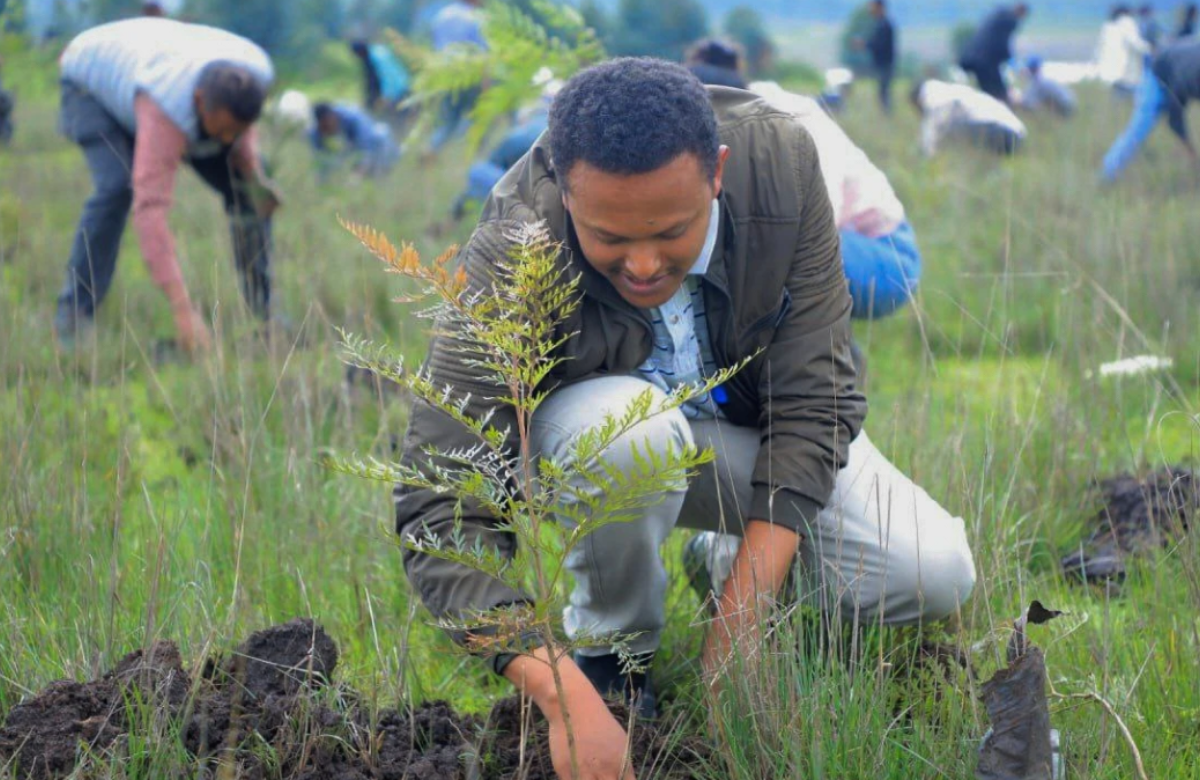Harmful bleaching of coral reefs has now affected 84% of the world’s reefs, marking the most severe event of its kind in recorded history, according to the International Coral Reef Initiative (ICRI). This marks the fourth global bleaching event since 1998, surpassing the previous event from 2014 to 2017, which impacted about two-thirds of the reefs. The ongoing crisis, which began in 2023 and is attributed to warming ocean temperatures, has no clear end in sight.
Mark Eakin, executive secretary for the International Coral Reef Society and former coral monitoring chief for the U.S. National Oceanic and Atmospheric Administration, explained that the heat stress driving this bleaching may never return to levels that would prevent a global event from occurring. “We are witnessing something that could fundamentally alter our planet and impact the ability of oceans to support life and livelihoods,” he said.
Last year was the hottest year on record, with much of the excess heat absorbed by the oceans. The average sea surface temperature in areas away from the poles reached 20.87°C (69.57°F), which is harmful to corals. Coral reefs are crucial to various industries such as seafood production, tourism, and coastal protection. These ecosystems are often referred to as the “rainforests of the sea” due to their high biodiversity, supporting around 25% of all marine species.
Corals get their vibrant colors from algae that live within them, which also serve as a food source. However, prolonged warmth causes the algae to release toxic compounds, prompting the corals to expel them. This results in the corals turning white, leaving behind a stark skeleton, and increasing their vulnerability to death.
The bleaching has been so intense that NOAA’s Coral Reef Watch program has had to expand its alert scale to reflect the growing risk of coral death. In response, efforts are underway to conserve and restore coral reefs. A Dutch laboratory has worked with coral fragments, some from the Seychelles, to propagate them in controlled environments, with the aim of using them to repopulate wild reefs in the future. Similarly, projects in Florida have focused on rescuing corals at risk from heat and rehabilitating them before returning them to the ocean.
However, scientists stress that the most effective solution is to reduce greenhouse gas emissions, such as carbon dioxide and methane, that contribute to global warming. “The best way to protect coral reefs is by addressing the root cause of climate change, which means reducing human emissions, particularly from fossil fuel combustion,” Eakin said. He added that all other efforts are merely temporary fixes rather than long-term solutions.
Melanie McField, co-chair of the Caribbean Steering Committee for the Global Coral Reef Monitoring Network, warned that inaction will lead to the destruction of coral reefs. “People need to recognize the consequences of what they are doing. Inaction is the kiss of death for coral reefs,” she stated.
This update comes as political decisions, including actions taken by the current U.S. administration to promote fossil fuel production and roll back environmental protections, are seen as contributing to the ongoing degradation of ecosystems. Eakin expressed concern over these policies, stating that removing environmental protections will have devastating consequences for ecosystems, particularly coral reefs.















